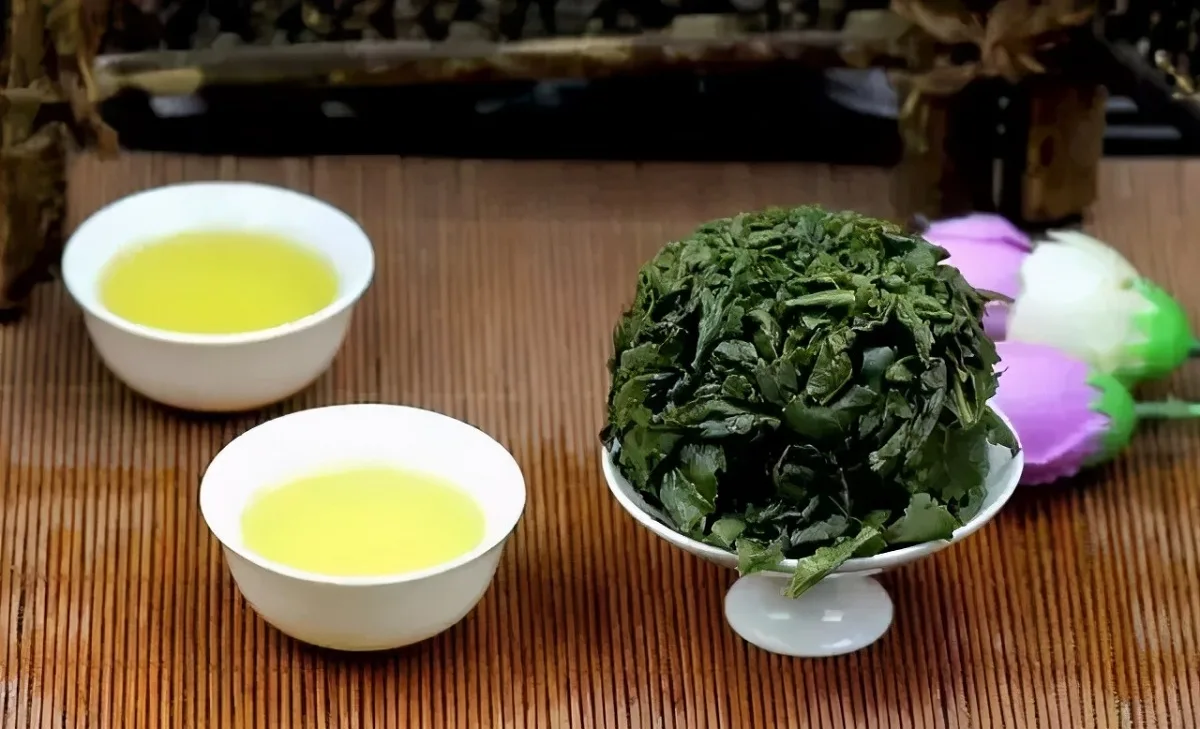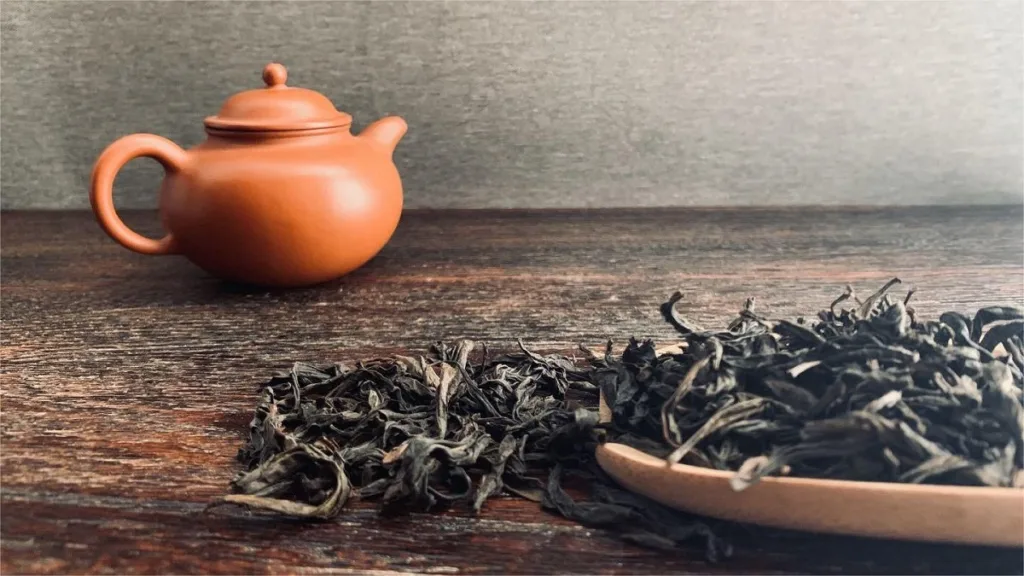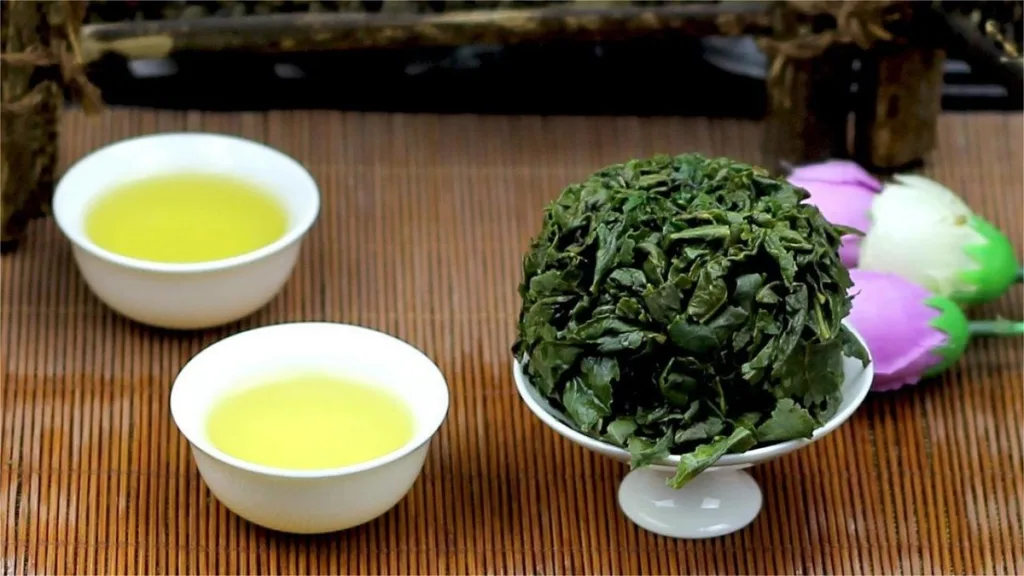Oolong tea is generally considered mildly acidic, but its overall pH can vary depending on factors such as the specific type of oolong tea, how it’s processed, and how it’s brewed. Understanding the acidity of oolong tea involves considering both its inherent characteristics and the brewing process.
The pH scale ranges from 0 to 14, with 7 being neutral. Values below 7 indicate acidity, while values above 7 indicate alkalinity. Oolong tea typically falls into the slightly acidic range, with a pH level ranging from around 6 to 7. This acidity is due to the presence of natural compounds in tea leaves.
The acidity of oolong tea is influenced by the presence of polyphenolic compounds, such as catechins and tannins, which are found in the tea leaves. These compounds contribute not only to the flavor and aroma of the tea but also to its overall acidity. However, compared to some other types of tea, like black tea, oolong tea tends to be less acidic.
The specific type of oolong tea can also play a role. Different oolong teas may have variations in acidity based on factors such as the region where they are grown, the specific tea cultivar, and the processing methods used. Oolong tea is partially oxidized, falling between green tea (unoxidized) and black tea (fully oxidized), and this level of oxidation can affect its flavor profile and acidity.
The brewing process further influences the acidity of oolong tea. Factors such as water temperature and steeping time can impact the extraction of compounds from the tea leaves. Generally, shorter steeping times and lower water temperatures may result in a milder, less acidic flavor.
For individuals sensitive to acidic beverages, it’s worth noting that the acidity of oolong tea is typically lower than that of many fruit juices or sodas. Additionally, adding milk or consuming oolong tea with food may help mitigate the perceived acidity.
In summary, oolong tea is mildly acidic, with a pH ranging from approximately 6 to 7. The specific acidity can vary based on the type of oolong tea and how it is brewed. While it may not be as acidic as some other beverages, individual preferences and sensitivities should be considered, and adjustments can be made during brewing or consumption to suit personal taste.



